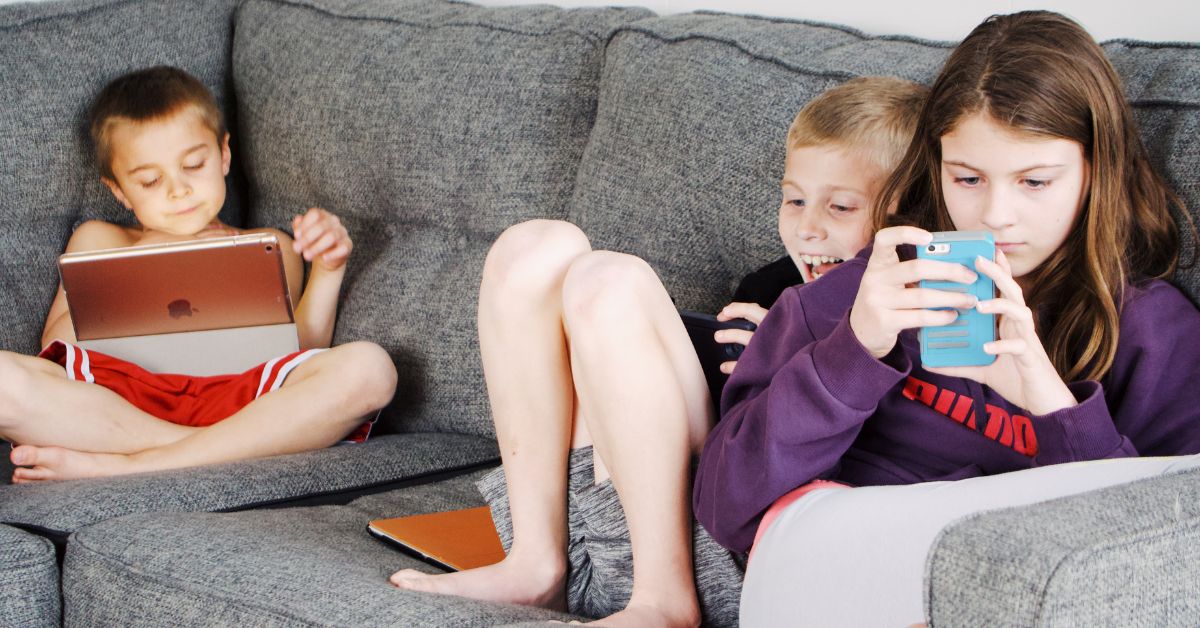Welcome to the great debate, fellow homeschool parents! It’s the one that buzzes in online forums and whispers over coffee meetups: technology. Are we creating future tech geniuses or just glorified YouTube experts? It’s a tightrope walk, for sure. The conversation around technology use in homeschool settings often feels like it’s swinging between two extremes. On one side, we have the vision of a fully integrated, futuristic classroom with virtual reality field trips. On the other, there’s the idyllic image of children learning by candlelight with quill pens. The truth, as with most things in homeschooling, is somewhere in the messy, wonderful middle.
Figuring out the right amount of tech for your family can feel overwhelming. Every expert has a different opinion, every study seems to contradict the last, and what works for your neighbor’s kids might be a total flop in your house. That’s okay! The beauty of homeschooling is its flexibility. We get to customize our children’s education, and that includes their digital diet. This isn’t about finding a one-size-fits-all answer but about discovering what brings balance, joy, and genuine learning into your unique homeschool environment.
So, let’s untangle this digital knot together, find a happy medium, and make technology a powerful tool rather than a constant distraction.
Navigating Screen Time For Homeschoolers
Let’s start with the big one: screen time. When your child’s math curriculum is an app and their history lesson is a documentary, the standard two-hour screen time limit recommended for public school kids can feel laughably out of touch. The lines between “educational” and “recreational” screen time blur, creating a gray area the size of Texas. It’s important to redefine what screen time means in the context of your homeschool.
A three-hour block spent creating a stop-motion animation about the American Revolution is vastly different from three hours of passively watching cartoons. One involves critical thinking, creativity, and technical skills, while the other is pure entertainment. Differentiating between active and passive screen use is the first step toward building a healthy tech balance. It’s about quality, not just quantity.
So, how do we manage this without a stopwatch and a constant feeling of guilt?
- Create a Family Tech Plan: Sit down as a family and create clear guidelines. This isn’t about you laying down the law, but about a collaborative agreement. Discuss what types of screen time are acceptable for school and for fun.
- Establish “No-Tech” Zones and Times: Maybe the dinner table and bedrooms are screen-free zones. Perhaps the first hour of the morning and the last hour before bed are reserved for books, board games, or conversation. These boundaries help protect family time and encourage non-digital hobbies.
- Use Visual Timers: For younger kids especially, a visual timer can be a game-changer. When they can see the time ticking down, it makes the transition away from the screen less of a surprise and reduces the chances of a meltdown.
- Model Healthy Habits: This is the hard part. If we are glued to our phones, we can’t expect our kids to be any different. They see what we do far more than they hear what we say. Make a conscious effort to put your own devices away and be present with them.

Best Practices For Technology Use In Homeschool
Simply limiting screen time isn’t enough; we also need to be intentional about how we’re integrating it. Technology should be a tool that enhances learning, not a crutch that replaces solid teaching. It can open up worlds of information, connect us with experts, and make abstract concepts tangible. The key is to use it with purpose. When you’re considering a new app, website, or digital curriculum, ask yourself: Does this resource genuinely add value to our lesson, or is it just a digital version of a worksheet?
Finding the right balance involves being a discerning consumer of educational technology. There are countless “educational” apps that are little more than games with a thin veneer of learning. Your role as the teacher is to curate these resources, ensuring they support your educational goals and engage your child’s mind in a meaningful way. Don’t be afraid to try something and discard it if it’s not working for your family. A program that your friend raves about might not click with your child’s learning style, and that is perfectly fine.
Here are some practical ways to leverage technology effectively:
- Prioritize Interactive Learning: Look for programs that require your child to think, create, and solve problems. This could be anything from coding platforms like Scratch, which teaches logic and creativity, to digital art programs or video editing software for project-based learning.
- Use Tech to Go Deeper: Technology is fantastic for supplemental learning. If you’re studying ancient Egypt, watch a documentary on building the pyramids, take a virtual tour of a museum exhibit, or use an app to learn a few hieroglyphics. These activities can bring the subject to life in ways a textbook can’t.
- Connect with the World: Use technology to break down the classroom walls. Participate in a virtual class with students from another country, use Skype to interview an expert in a field your child is passionate about, or join an online book club. This teaches collaboration and shows them the power of a connected world.
- Teach Digital Citizenship: This is crucial. Our kids need to know how to navigate the online world safely and responsibly. Teach them about online privacy, how to identify credible sources, what cyberbullying looks like, and the importance of being respectful in online communications. This is a life skill, not just a school subject.
Balancing Tech For Holistic Education
A truly holistic education extends beyond screens and textbooks. It’s about nurturing the whole child—their mind, body, and spirit. This means ensuring that technology doesn’t crowd out other essential developmental experiences. We want our kids to build forts, get their hands dirty in the garden, learn to cook, and spend hours lost in a good book. These hands-on, real-world activities are where some of the most important learning happens. They build resilience, problem-solving skills, and a deep connection to the world around them.
The goal is not to demonize technology but to put it in its proper place as just one of many tools in our educational toolkit. Think of your homeschool day as a balanced diet. You need a healthy mix of different food groups for a strong body, and you need a healthy mix of activities for a strong mind. Some screen time is fine, just like dessert is fine. But a diet of only dessert leads to problems, and an education of only screens is similarly incomplete.
This balance ensures that our children develop crucial social and emotional skills. They need time for unstructured play, face-to-face interactions, and even boredom, which is often the catalyst for creativity. When we strike a balance, we give our children the best of both worlds. They gain the digital literacy necessary to thrive in the modern world while also developing the interpersonal skills, creativity, and love for tangible experiences that will make them well-rounded, happy individuals. It’s a delicate dance, but one that is well worth the effort to learn.
Find More Homeschool Advice Here
The journey of homeschooling is filled with questions like this, and you don’t have to figure it all out alone. Technology is just one piece of the beautiful, complex puzzle of educating our children at home. Remember to trust your instincts as a parent and teacher. You know your child best, and you are the most qualified person to create a learning environment where they can flourish.
For more practical insights, curriculum reviews, and encouragement for your homeschooling adventure, we invite you to explore more of our articles. From choosing the right math program to planning field trips that spark curiosity, we’re here to support you every step of the way. Keep exploring, keep learning, and keep building the amazing educational experience your child deserves.




